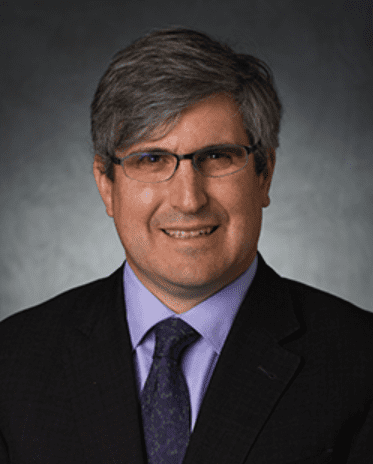Image: Penn State/Pamela Krewson Wertz
Researchers in the Penn State College of Engineering, including Dr. Todd Palmer, recently received funding from the U.S. Army for further development and research in additive manufacturing, 3D printing and techniques for high-strength steels and alloys. Here, Dr. Palmer about his research and what it means on a global scale, as well as Penn State’s unique positioning as an additive manufacturing innovator.
HappyValley Industry: What is your research topic and why is it important on a global scale?
Dr. Palmer: I work in areas that can generally be defined as advanced manufacturing, but my emphasis is in the welding and joining of metals using lasers and electron beams. With my background in this area, I have begun moving much of my research into the area of additive manufacturing. These additive manufacturing (AM) processes have mostly been directed at higher-value materials, such as titanium and nickel base alloys. While these alloys are important in aerospace and bio-medical applications, they are cost-prohibitive for applications more geared toward more common structural applications found in the energy and transportation sectors. Through this research, the expansion of AM processing into materials systems of greater interest to other fields and to more common usage in infrastructure will be pursued.

HappyValley Industry: How do you envision your research impacting/changing your industry?
Dr. Palmer: AM processes can also provide value, particularly in terms of low-volume products fabricated using other structural materials, such as steels. Even though most structural steels are widely used, they present significant scientific and technical challenges for producing defect-free and structurally-sound components. High-strength steels, in particular, are difficult to process, especially given their susceptibility to cracking and the formation of other process-related defects. The ability to identify the phase transformations and other material-related phenomena driving the formation of these defects would allow for the processing of previously untouchable materials. By opening up new classes of materials, new alloy design for high strength structural materials and other materials with specialized properties can be successfully undertaken. With these new materials open to designers, I would expect to see the appearance of significantly higher-performing aerospace, energy and industrial components.
Penn State has the prototype systems and characterization tools needed to develop the processes and eventually fabricate larger structures for further testing and evaluation. Such an array of full-service tools and facilities is rare to find and makes Penn State unique and well-positioned to produce innovative solutions in this area.
HappyValley Industry: What inspired you to follow this line of research?
Dr. Palmer: I have been pursuing work in both a range of less-commonly used structural materials in the AM field as well as the fabrication of larger structures at a scale not typically encountered in most current AM applications. There are challenges in both processing and material selection that accompany the fabrication of these larger structures, especially with steel. The unique properties and behavior of high strength steels, driven mainly by the complex series of phase transformations that the material undergoes during these AM processes, make it a challenging problem from a materials perspective and drives much of my interest in this research area.
HappyValley Industry: Why did you choose to conduct this research at Penn State specifically?
Dr. Palmer: Aside from being a faculty member at Penn State, the facilities at Penn State are well-suited to pursuing this research. In the fabrication of larger structures, specialized equipment is needed. Penn State has the prototype systems and characterization tools needed to develop the processes and eventually fabricate larger structures for further testing and evaluation. Such an array of full-service tools and facilities is rare to find and makes Penn State unique and well-positioned to produce innovative solutions in this area.
HappyValley Industry: Would you encourage other researchers to make their home in Happy Valley, and why?
Dr. Palmer: I would definitely encourage others to come to Penn State. We have a growing interest in advanced manufacturing and additive processes, and it really appears that we are growing into a critical mass of people with related interest to promote interesting inter-disciplinary research. From a facilities perspective, Penn State also has a wide range of research tools, particularly in materials characterization, not found elsewhere, making it a very attractive destination for innovative research endeavors.






